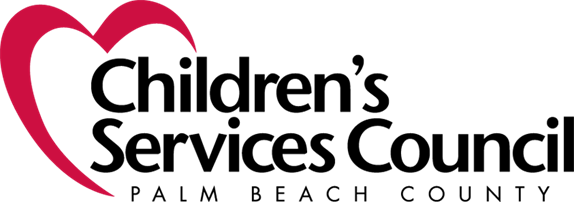Tips for Writing and Spelling Development at Home
Did you know? There are plenty of ways parents and caregivers can introduce the basics of writing and spelling at home! Helping your child learn to read, write, and spell can set the stage for a lifelong love of literacy. Writing is also a great way for a child to express their thoughts and creativity and will eventually help them learn how to organize their ideas and be better readers. You are your child’s first teacher, so be sure to show your child how writing can be used in our everyday lives- whether it’s through writing lists, letters, or texting. Below are some additional tips to get your child started!
Letters and Sounds
- Before diving right in to spelling and writing, make sure your child is comfortable with the alphabet. Use magnetic letters or letter blocks to introduce them to letter shapes and sounds. You can also sing the alphabet song together and point to letters they see every day- such as ones in books, on signs, and around the house.
- You can use alphabet books and guessing games to help your child practice matching letters and sounds. For example, say “I am thinking of something that starts with the letter ‘A’,” and have your child look for something around the house that starts with that letter, like an apple.
- Point out words that begin with the same letter as your child’s name (for example, “Jacob” and “jump”). You can discuss with your child about how the beginning sounds of those words are alike.
Fun Writing Activities
- Let your child practice writing letters on a chalkboard or dry-erase board. For small hands, large pieces of chalk or markers work best during those preschool years.
- Use large colorful markers and big crayons on large sheets of paper to practice with your child- you can help them write their name, draw shapes, or trace letters that you write down first. Remember, the letters don’t have to look perfect right away! Writing should be a fun, creative process.
- Use everyday moments to practice writing, such as letting your child help you write a grocery list, label items and place the labels around the house, and/or writing a letter or postcard together to a friend or family member. On smaller pieces of paper young children may only be able to fit a few words. Letters tend to be big; larger writing surfaces can help.
Keep it Positive!
- Build your child’s confidence by praising their efforts and attempts at drawing, writing, and spelling, no matter how small. These efforts develop their fine motor skills in their hands.
- Display your child’s work on the fridge, or in a special space in your house. Seeing their work displayed can let your child know how proud you are and will motivate them to keep practicing.
- Keep the experience of learning to write fun. It will take children a while to learn how to correctly write letters, string them together, and form sentences and words.
One of the best ways to support a child’s literacy development, including learning how to spell and write, is by reading aloud together. Choose books with repetitive text and rhymes to help them predict words and phrases. You can also point out and say the words as you read and encourage your child to read aloud to you as well. By combining reading, fun activities, and celebrating their achievements, you will create a positive learning environment for your child as they learn how to navigate their letters and words. For resources on reading aloud to your child, please visit https://www.readaloud.org/index.html.

 Translate
Translate


